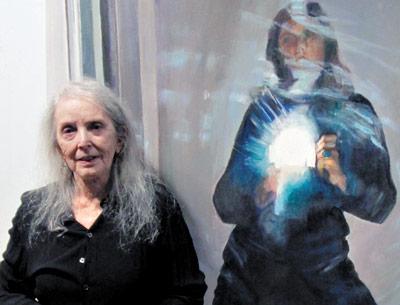Festive Arias
Festive Arias
St. Luke’s Episcopal Church in East Hampton will present a concert of festive songs and arias on Saturday at 4 p.m. in Hoie Hall. Guest artists are Sofia Dimitrova, a soprano soloist, and Daria Rabotkina and William McNally, award-winning classical pianists.
The program will include works by Mozart, Bach, Mendelssohn, Strauss, and Handel, among others. Admission is $20, free for those under 18.




